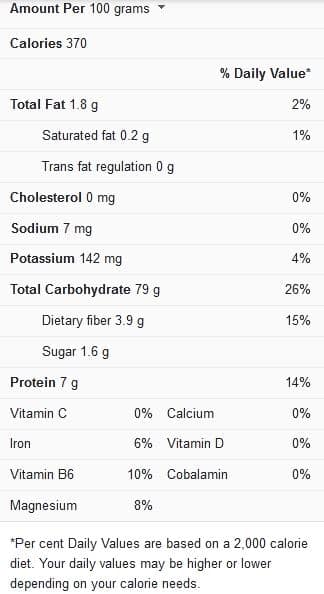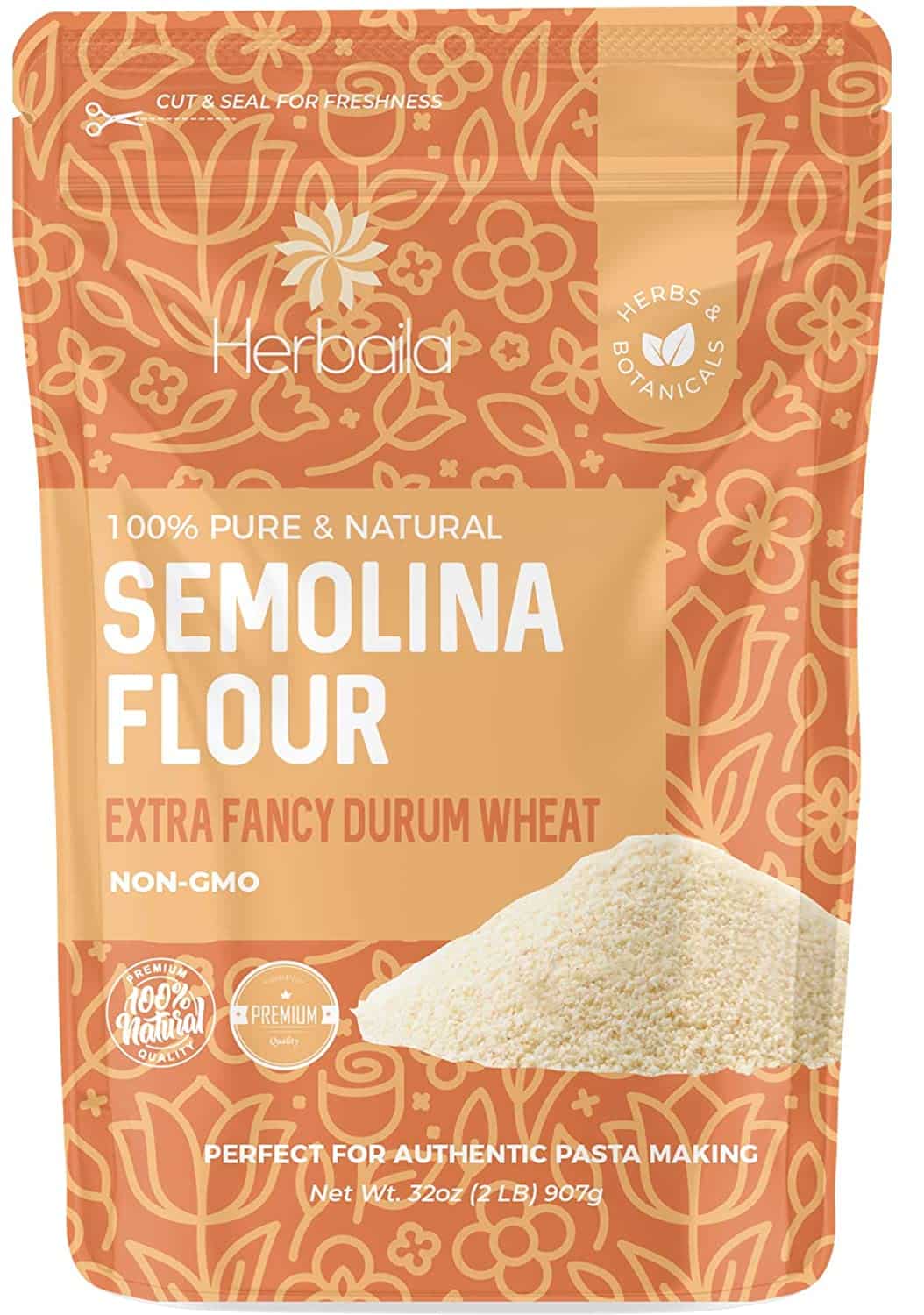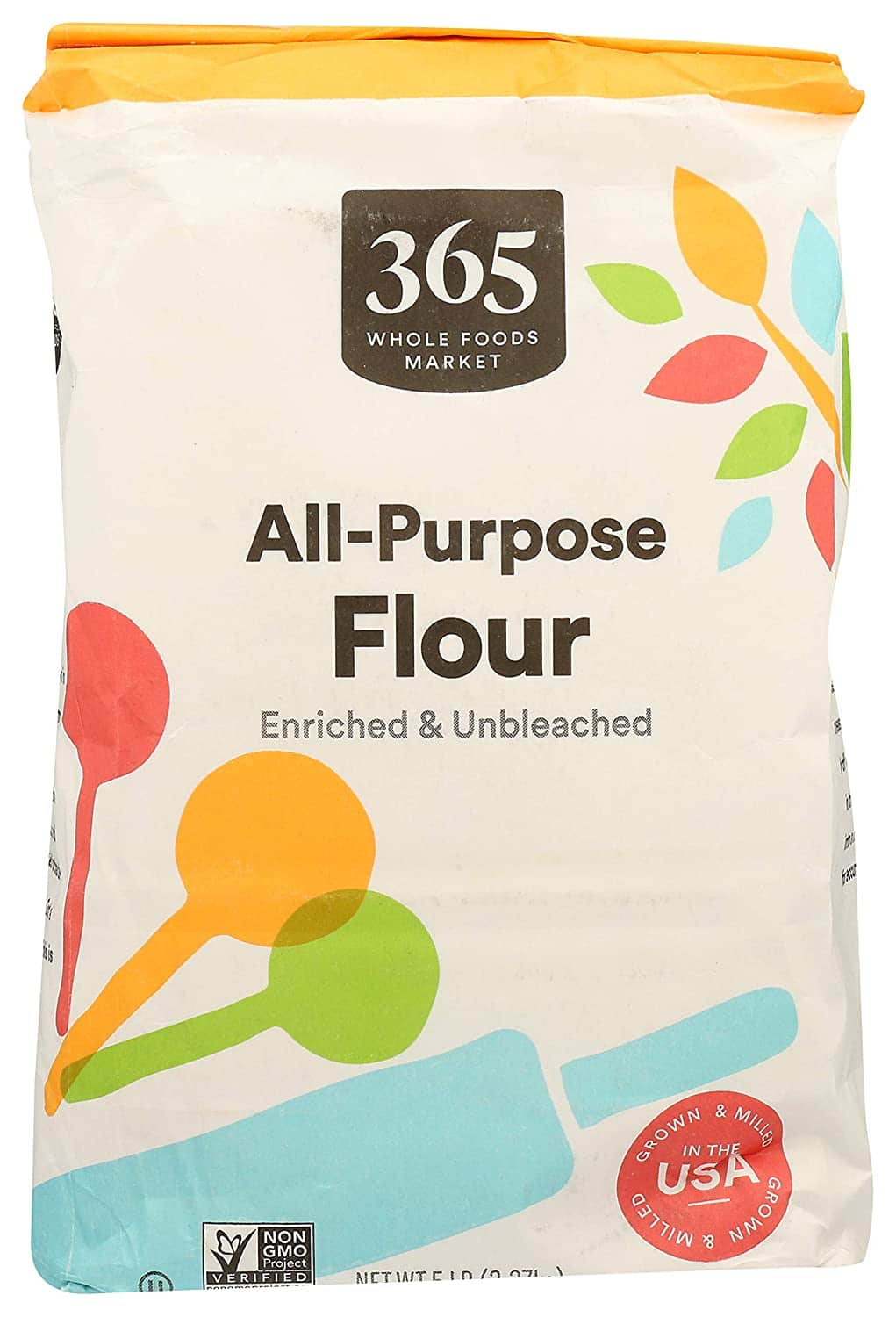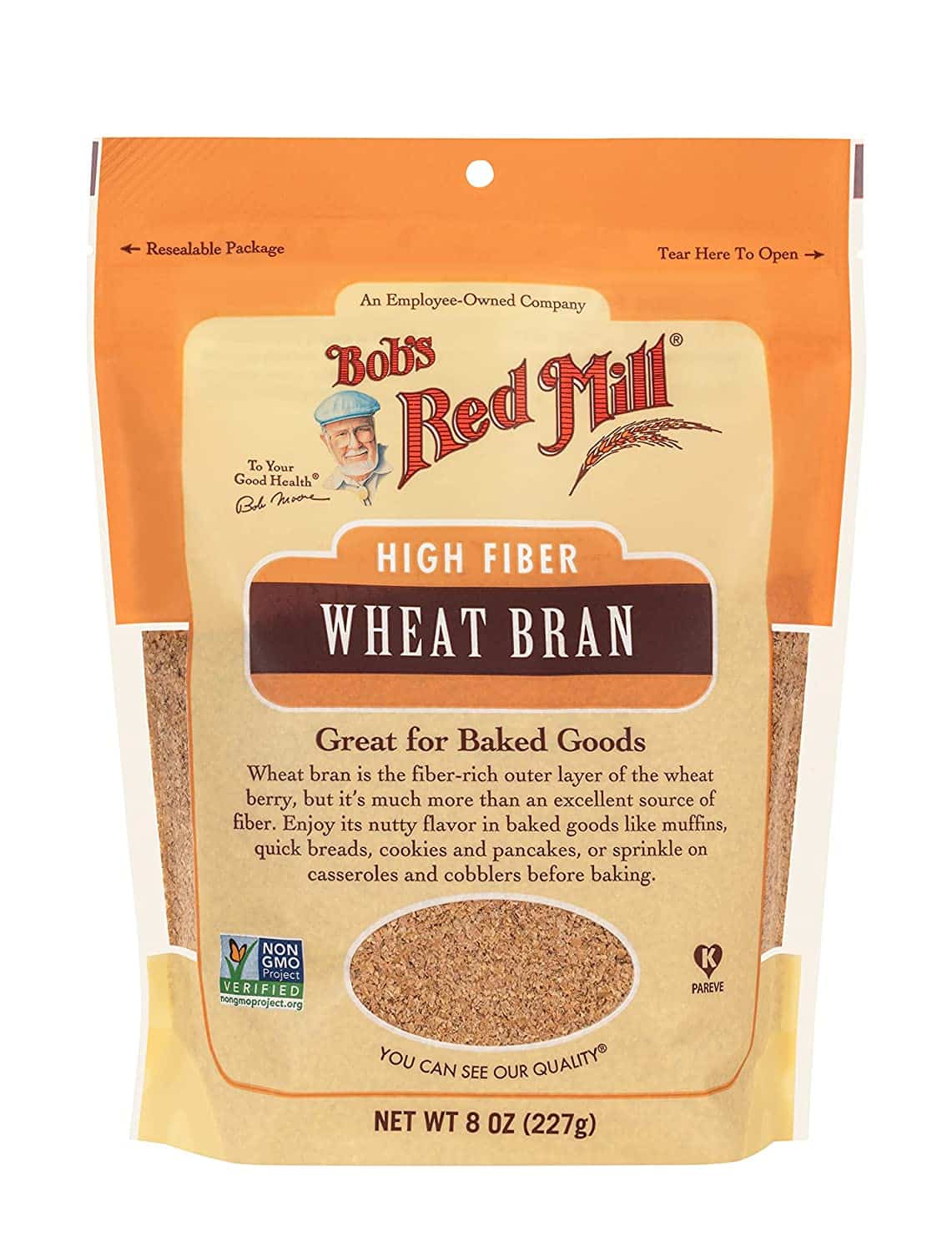Updated on January 4th, 2024
Making a pizza at home can be very exciting for any home chef, but at the same time, it may prove to be a very tricky task, mainly because any little slip-up can leave you with an epic failure. The keys to a successful pizza lie in the fluffy dough and the hot oven, the pizza stone, the pizza peel, the pizza sauce, and lastly, the cornmeal.
Yes, cornmeal may seem like the least important ingredient in pizza making, but it plays a crucial role in producing the perfect pizza crust. How would you move a sticky pizza dough from the pizza peel to the pizza stone? The answer is cornmeal, and it acts as a lubricant for the pizza dough.
Let’s say you are making pizza, but you discover you’re all out of cornmeal, you would get frustrated for sure, but before you disembark on your pizza journey, I have listed some viable items that you can use in place of cornmeal. First, let us look at cornmeal, how it is used, and how it can be substituted.
Cornmeal Nutrition Facts

What is Cornmeal?
Cornmeal is a type of course flour gotten from ground dried corn. It isn’t finely ground like wheat flour, but it can be gotten in either ground to coarse state, a medium consistency, and occasionally finely ground to some degree.
Fine cornmeal is produced by soaking maize in an alkaline solution like limewater, and this process is known as nixtamalization. The resulting cornmeal is finely ground that it is even called cornflour in Mexico. Another name for this finely ground cornmeal is ‘masa harina’ (masa flour), and it can be found in arepas, tamales, ad tortilla dishes. The second popular type of cornmeal is boiled cornmeal, also called polenta in Italy; boiled cornmeal is a traditional dish and bread substitute in Romania.
Uses of Cornmeal in Recipes
Cornmeal is a common staple food, and it is popularly used to replace flour in baking because it is gluten-free. The absence of gluten in cornmeal causes the dough not to expand, making for a denser structure. Cornmeal is also used to prepare some traditional dishes like the “cornmeal porridge,” which is a popular Jamaican breakfast, the “Cou-cou,” which is part of the national dish of Barbados, and “Funche” which is a typical Puerto Rican breakfast.
Cornmeal is a versatile cooking ingredient, but for pizzas, we don’t eat it; rather, you pour some cornmeal on the pizza steel to successfully move the pizza dough in and out of the pizza stone; applying cornmeal to your pizza steel is necessary to avoid the pizza dough sticking to the peel.
Below are some other recipes that call for a dash or two of cornmeal.
- South of the border shrimp and grits
- One-skillet hearty chili and cornbread
- Blue cornmeal pancakes
- Cheesy polenta
- Crispy air fryer cod
- Crunchy oven-fried tilapia
- Mawmaw’s simple fried green tomatoes
- Blueberry cornbread in a skillet
- Vegan baked polenta with radicchio
- Cast iron cornbread
- Cornbread Madeleines
- Collard greens, cornmeal, and sausage soup
- Date and almond biscotti
- Parmesan and poppyseed crackers
- Southern-fried catfish
Substitutes for Cornmeal in Pizza
Cornmeal plays an important role in producing the perfect pizza crust; one little slip-up could ruin your entire pizza. Too little cornmeal would make your dough stick to the peel, too much cornmeal would create a gritty crunchy residue underneath your pizza crust; however, there are some substitutes for cornmeal in pizza that would create the perfect pizza crust with nothing to worry about, some recipes may even call for these items specifically. I have tried these substitutes, and I will share the two to three to make that perfect pizza crust.
Semolina Flour
Semolina flour is hands down the best option for getting your pizza on and off the pizza peel. Some people may even tell you that it is better than cornmeal, and I agree with this. Semolina flour is the coarse, purified wheat middlings of durum wheat ( it can also be middlings from other wheat varieties). It is commonly used in making pasta, couscous, and sweet puddings.
You can use semolina flour in place of cornmeal. You would get a fantastic result; the best part is making more than one pizza with a single application of semolina flour because it does not blacken after use like some other substances. Even a small quantity of semolina flour would cause your pizza dough not to stick to the peel.
Flour
Flour is another good substitute for cornmeal in pizza, and it is the most common replacement for cornmeal. All-purpose flour would make your pizza dough less sticky, and you can easily slide your dough on and off with ease; you can even add some flour to your dough if there is any need to; this will not result in any gritty or crunchy pizza crust.
The only downside of using all-purpose flour is that it will char up after use, so make sure you pay attention to this if you are baking more than one pizza.
Wheat Bran
Wheat bran makes for exotic pizza dust to get your pizza dough on and off the peel. It works just as well as the other items mentioned in this article, but not everybody can boast some wheat bran at home. However, if you already have some in your pantry, grabbing a handful or two would be a great idea.
Frequently Asked Questions (FAQ)
How long can cornmeal be stored?
Cornmeal has an incredible shelf life, and if stored properly, the product can stay for as long as a year. This means you can stock up on this fantastic corn product without the fear that it would go bad.
How should you properly store cornmeal?
If you do not store your cornmeal properly, it will go bad pretty quick, so to get the best results each time, make sure you keep the product in a cool, dry, and dark place.
How do you properly clean pizza steel?
To clean wooden pizza steel, use a damp sponge with warm soapy water; this will reduce damage in your pizza peel after cleaning a little mineral oil to reseal the pores.
Conclusion
Making a pizza at home can be an exciting experience, but most home chefs struggle with getting the pizza off and onto the pizza steel. The pizza may stick to the pizza steel if you do not have some cornmeal to grease the steel, but luckily there are some substitutes for cornmeal in pizza.



